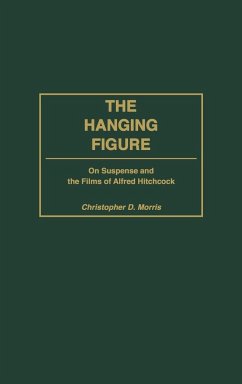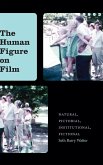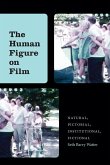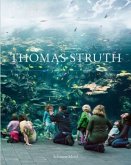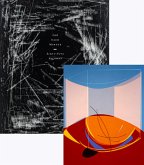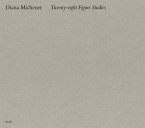In a radical new interpretation of the works of Alfred Hitchcock, Christopher Morris argues that suspense-the fundamental component of Hitchcock's cinema-is best understood through deconstruction of the very meaning of the word, which relates to dependence or hanging. He analyzes its portrayal first in painting and sculpture and then in Hitchcock's body of work. In this iconographic tradition, hanging figures challenge the significance of human identity and rationality, and further imply that closure, or an end to suspense, is all but illusory. This work represents the first deconstructive approach to suspense, and the first-ever survey of the iconography of the hanging figure. Hitchcock's films provide ample opportunity for such discussion, with their constant use of the tool of suspense, and Morris argues that, essentially, all of human existence is in this very state, a state embodied particularly well by the films he discusses. Drawing on the work of Jacques Derrida, Paul de Man, and J. Hillis Miller, this cross-disciplinary study of an important cinematic oeuvre establishes the advantage of a deconstructive and figurative approach to an often-studied directorial style, one that nearly embodies a genre unto itself.
Hinweis: Dieser Artikel kann nur an eine deutsche Lieferadresse ausgeliefert werden.
Hinweis: Dieser Artikel kann nur an eine deutsche Lieferadresse ausgeliefert werden.

